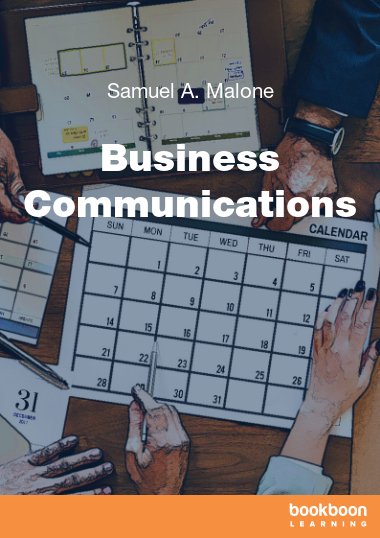Communication is the life blood of any organisation. Managers must have excellent verbal and written communication skills. They communicate when making decisions for planning, co-ordination and control. Their aim is to be heard, understood and respected. Departments communicate to transact everyday business and to ensure cooperation. Managers and employees communicate with each other and between themselves. The direction of communication is vertical, horizontal and diagonal. The types are formal, informal and non-verbal.
About the author
Samuel A Malone is a self-employed training consultant, lecturer and author. He is the author of 21 books published in Ireland, the UK and abroad on learning, personal development, study skills and business management. Some of his books have gone into foreign translations and second editions. He has an M.Ed. with distinction (in training and development) from the University of Sheffield and is a qualified Chartered Management Accountant (ACMA), Chartered Global Management Accountant (CGMA) and a Chartered Secretary (ACIS). He is a fellow of the Irish Institute of Training and Development (FIITD).

